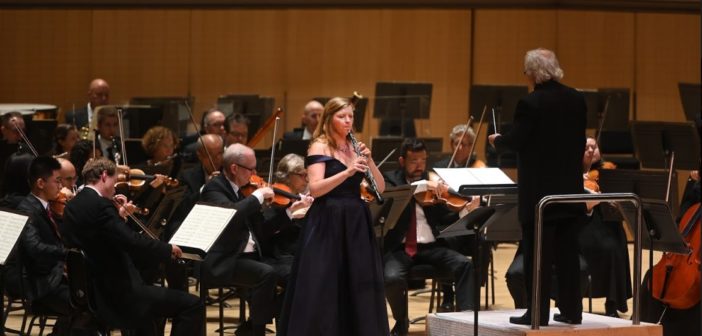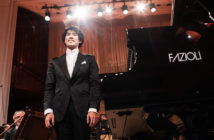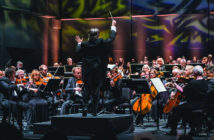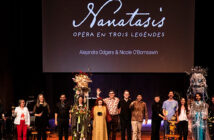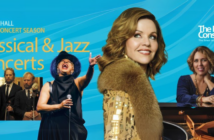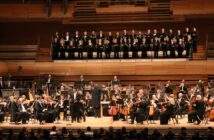The Toronto Symphony Orchestra has no principal guest conductor, but it has some good friends. This weekend the Scotsman Donald Runnicles makes his second visit in less than a year to Roy Thomson Hall and the first of two this season. The opening concert on Friday blossomed after intermission.
One might almost characterize the evening as a contrasting pair of concerts despite the common thread of German romanticism. Brahms’s Symphony No. 3 came first and got the once-over-lightly treatment. Runnicles decreed a quick tempo in the first movement. Woodwinds eked out some lyricism in the second theme despite the conductor’s apparent indifference to the grazioso indication. To be sure, there were flickers of light and shade in the middle movements and something of an awakening in the finale, with its smack-on sforzando chords. But on the whole, we felt we were hearing the Third Serenade Brahms never wrote rather than the Third Symphony he did.
Completed in 1889, only six years after the Brahms, Richard Strauss’s Death and Transfiguration was given a different orientation entirely, starting with a larger complement of strings. In this score Runnicles let phrases rise and fall with arch-romantic largesse and derived full value from the orchestra in front of him. It is hard to single out favourites in such a performance, but every hero on his deathbed needs a heartbeat, which timpanist David Kent supplied. The horn chorale at the start of the final sequence was warm and solemn. The climax was powerful because it was balanced.
We also heard late Strauss, the Oboe Concerto of 1945, with TSO principal Sarah Jeffrey in the solo role. The long lines of the opening minutes often sound like run-on sentences. My appreciation, as usual, increased in the playful development. There could be nothing but praise for the exquisitely autumnal tone of this player in the Andante and the delightful articulation of the finale. Cadenzas spoke with the human quality for which the instrument is renowned, at least when played like this. An elegant gown and necklace did not hurt.
A burly southpaw with a big beat, Runnicles elicited much tender detail from the orchestra, reminding us of Strauss total mastery of this dossier. It is interesting to note that the Brahms was given before intermission, presumably because it ends quietly and does not provoke a suitable ovation. On this occasion we had intrusive applause after each of the first three movements despite the conductor’s earnest effort to hold his arms up and forestall the onslaught. The time has come to issue polite instructions to reserve applause for the end of a multi-movement piece, along with the regulation request to turn off your phone.

